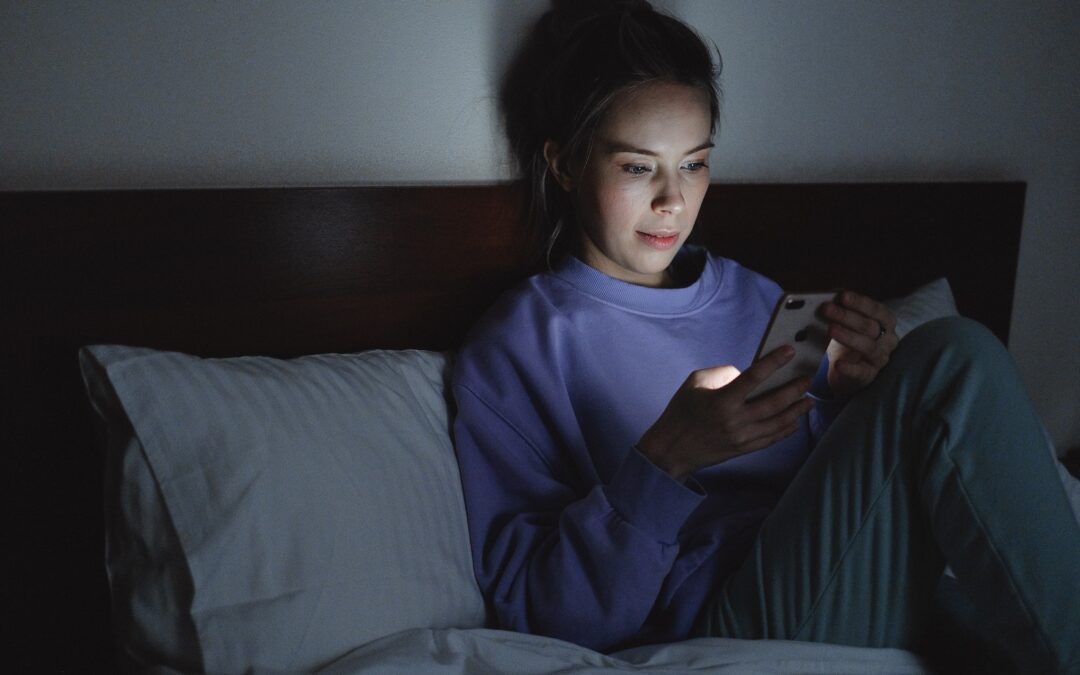Last week I started a conversation on burnout, looking at what causes/contributes to the, now recognised medical condition. This week we’re looking more closely at why and how the real-life working challenges of current times (re lockdown and working from home) are contributing to chronic stress and burnout.
I’ve had many conversations over the past few months with people from all different levels in a variety of organisations who are still working during this time. Most of them are dealing with the same issue right now — feeling like there’s no escape from work.
This is also being referred to as an ‘always on’ culture.
‘Always on’, meaning we never switch off from work, and relating this to last week’s post, that can be due to internal (personal) and/or external pressures. The culture of always-being-on started years ago with the introduction of the internet and subsequent advances in technology enabling people to work at any time, wherever they are.
However, it is clear that more recently the problem has definitely escalated due to lockdown and with the majority of people working from home:
No commute
For many people, their commute provided a cut-off point and a boundary between ‘work’ and ‘home’. Now, with no commute and work being at home, a workday can start and end anytime and on any day.
The virtual home office
Like a commute, the office also gave a sense of separation between home and work and working and not working. For those working from home with space for an office, this is the ideal compromise so you can shut the door on the day when you do finish working. However, people who flat share are most likely working from their bedroom, living room or kitchen table and they truly feel like they can’t ‘escape’ work.
Lack of boundaries
In addition to the above, people who struggle with time management, procrastination and discipline may feel they’re working all the time yet they’re not as productive as when they were in the office. With no enforced structure or boundaries, it’s hard to manage time and be disciplined for some people.
Different time zones
This is a big issue within larger organisations with multiple locations around the world. For some people, it was already a problem pre-lockdown but now, because people are ‘always on’, time zones are even less of a boundary.
Juggling childcare and work
This is another big issue that affects both people with and without children. Those with children are working earlier and later to make up for the time they have to take out for childcare and family time during the day. However, those who work with them and don’t have children often have to be available when their colleagues play catch up in the evenings and/or at weekends.
‘Workaholics’
Those who work more than they actually need to, now have no real reason to switch off. This is then impacting not only their overall wellbeing but also potentially (likely!) those they work with.
Increased workload
For many companies this has been a time to pivot, firefight and do damage control — therefore workloads, stress and pressure have undoubtedly increased for lots of people. Also, in companies where there have been furloughs and redundancies, those still working are expected to take on additional responsibilities.
Too much time on screens/video calls
This is a complaint I’ve heard a lot. Some people are spending up to 6 hours on video calls and then expected to get through a full day’s work! Not to mention what this is doing to the eyes. I’ve had a client complain of her eyes temporarily seizing up whilst looking at 3 screens all day, every day with barely any break.
Leading virtually
Those leading and managing people have to plan in time to communicate with their teams both on group calls and one-to-ones simply because communication is so different when you’re not in the same room/office with people — it can’t be spontaneous or even subconscious anymore, time needs to be planned in to check in with people or even discuss something that might otherwise have been a passing comment at the water cooler.
The ‘green dot’
Lastly, this is something so seemingly insignificant but based on the conversations I’ve been having, a little green dot causes a lot of stress and guilt! I’m referring to the green dot on various business communication platforms that shows when someone is logged in and online. Whereas it is red when someone is offline. Because people are working late and therefore their profile is showing as logged on (despite the fact the person may not actually be working) this is causing other people to stress who want to log off for the evening but feel guilty or even fearful when they see their manager, team members etc still logged on!
Obviously, no one knew to plan for the challenging times we now find ourselves in and no one is quite sure how things are going to pan out in the future around working from home or going back to the office and the future of work generally.
But I believe individuals and organisations are going to have to create some rules and guidelines (both personally and as a whole) around work hours because otherwise, as more time goes by, many people will start to burn out because you simply cannot be always on!
Next week I’m going to look at some of the ways you can avoid the trap of being or feeling always on!
If you are worried that you might be experiencing burnout, please do contact us here about a consultation where we can discuss your situation and I can help you get clarity on the best way to move forward.
Kate x


